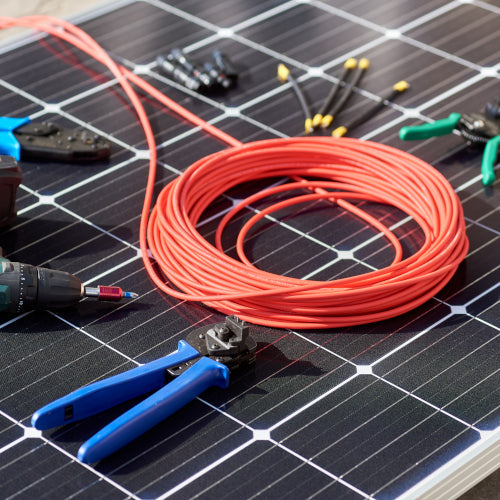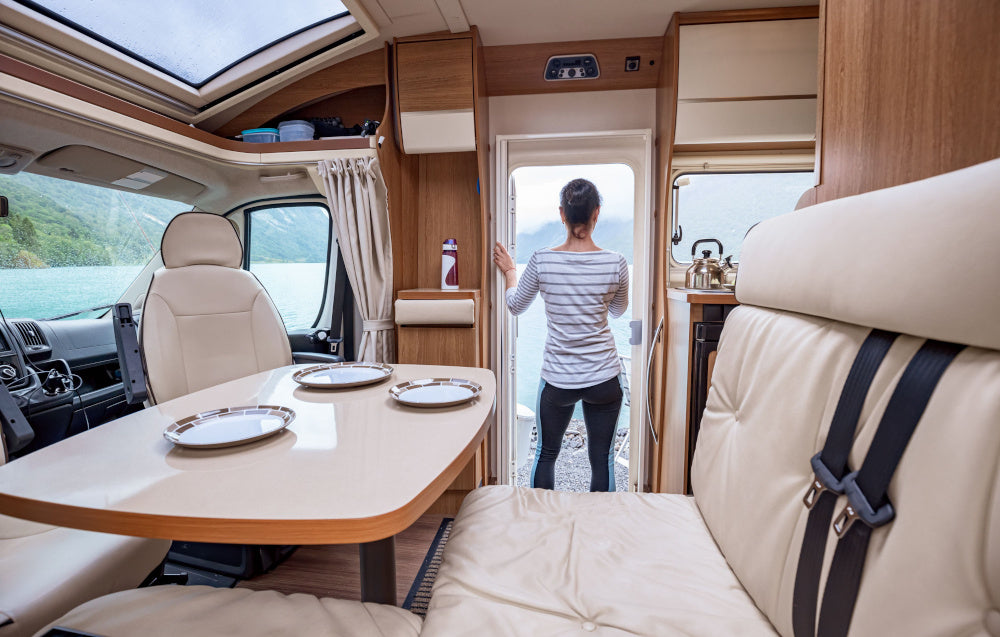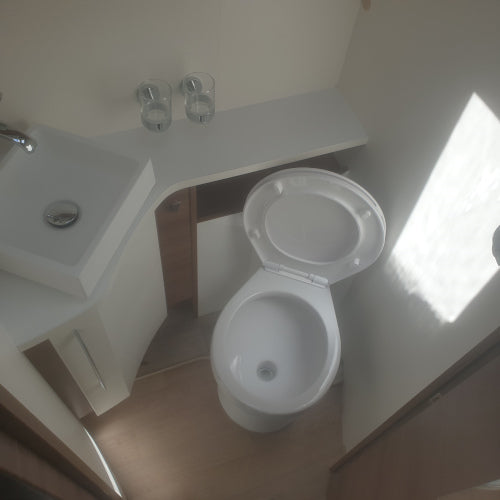Common problems with solar or compressor fridges

In our experience, 99% of the problems related to compressors in solar refrigerators are due to an inadequate or faulty power supply. We have created this blog to help our customers identify the possible causes of these issues.
Things to know about the power supply:
When we purchase a 240-volt domestic fridge, we don't need to worry about the quality of the electrical supply. All homes are wired to a standard that can handle even heavy-duty appliances, ensuring that the current drawn by a domestic fridge will not impact the overall power supply in the house. In fact, the power supply is always adequate to run the refrigerator. This is not always true for a 12 or 24-volt solar system. In this case, the fridge operates using the house batteries through the cables connected to it. It is essential that the wires leading to the fridge are of sufficient diameter to support the load required by the appliance without causing a voltage drop when the fridge turns on.
Some typical examples of what can go wrong.
- A poor connection in the cable, including issues such as crimped wires or a burnt-out switch, can lead to voltage drops along the cable. Therefore, even if the battery voltage appears correct at the source, it may not be accurate at the end of the cable.
- A battery that has been repeatedly damaged by deep cycling will gradually lose capacity due to the corrosion of the lead plates from these deep discharges. Such a battery may exhibit the following symptoms: 1. The battery recharges quickly. A healthy battery should take several hours to fully recharge. 2. The battery may begin to bulge at the sides. 3. The battery may become warm during charging. 4. The battery voltage will drop rapidly under load.
- Occasionally, loose contacts may develop in the fridge, particularly in motorhomes and caravans, due to the constant vibrations while travelling. Great care is taken to prevent this issue. If you have checked all other possible problems as described earlier, inspect the contacts at the back of the fridge. If they seem loose, it may be a good idea to use hot glue to secure them and prevent further movement.
- The solar system's battery capacity is insufficient. During the summer, when there is ample solar energy, the battery can support the fridge without any issues. However, in the winter, when the weather is often overcast, the battery may not last until the next sunny day. This problem can be addressed by adding extra solar panels and using an MPPT (Maximum Power Point Tracking) controller, which helps ensure the battery remains charged even in poor weather conditions.
- A solar system with insufficient solar array to meet the load demand can damage the battery and lead to a greater cost in the long run. Vehicles are not always parked in full sunlight, and when the panels are installed, technicians often mistakenly calculate the potential energy supply based on ideal conditions. If a vehicle is shaded, the solar panels may not fully charge the batteries, which can lead to battery failure. Some people leave their fridges running 24/7, but if the vehicle is parked under a tree or in the shadow of a building, it will receive sunlight only for part of the day. It’s important to consider all these factors before looking for issues with the fridge.
Battery Voltages and what they mean:
In a 12-volt system, a battery reading of 11.9 volts indicates that it is completely flat, while a fully charged battery at rest should read 12.7 volts. This means there is only a 0.8-volt difference between a fully charged and a flat battery. It is easy to lose 0.8 volts due to resistance in the vehicle's existing wiring.
We often observe a battery voltage of 13.7 volts when the battery is being charged by solar power, an alternator, or a 240-volt charger. When all charging systems are disconnected, the voltage should drop to 12.7 volts when at rest (with nothing being drawn from or added to the battery). If the battery voltage is lower than 12.7 volts, it indicates that the battery is either not fully charged or is no longer performing well.
When the voltage reaches around 14.9 volts, it indicates that the solar system is in the final stage of the charging process. This stage should last no more than 90 minutes each day. If the voltage of 14.9 volts persists for longer than 90 minutes, it may indicate a fault in the system, which could lead to overcharging and potentially damage your batteries.
If you suspect there is an issue with your batteries, make sure to disconnect the solar system before you begin testing them. Many so-called experts conduct load tests on batteries while the solar system is still connected, which can lead to inaccurate results. During the test, the solar system will try to compensate for the load, giving the false impression that the batteries are in good condition. However, once the sun sets, the refrigerator may experience a low voltage supply and turn off again because the batteries have been depleted overnight.
The fridge comes on regularly.
A fridge running regularly due to the factors below will have a shorter life cycle, waste energy, and shorten the batteries' life cycle.
- To begin with, the thermostat in your fridge might be set too high. If you notice ice build-up at the back of the fridge, it indicates that the temperature inside is too low. Ideally, the average temperature of the fridge should be around 4 degrees Celsius. However, measuring this accurately can be tricky because the temperature may be 0 degrees at the back but around 6 degrees at the door. Additionally, these temperatures can fluctuate as the compressor cycles on and off and as you add or remove items from the fridge. A good rule of thumb is to set the fridge temperature so that it remains just around freezing at the coldest point inside.
- The ventilation behind the fridge is inadequate. Compressor fridges operate by removing heat from inside the unit and releasing that heat through a condenser. If the condenser cannot expel heat quickly enough, the fridge will continue to run longer than necessary. For instance, when parked in direct sunlight, the temperature inside a motorhome can reach 30 to 40 degrees. With limited ventilation or air movement, the condenser struggles to dissipate the heat, causing the fridge to work harder. Additionally, poor cooling can be caused by a buildup of dust and dirt on the condenser fins, which prevents effective heat transfer.
- In very rare cases, a fridge may lose its gas. This will cause the fridge to run nearly continuously, but the temperature in the freezer will not drop below freezing.
- The seal on the fridge door may be damaged or not properly positioned, which can lead to cold air leakage and cause the compressor to run more frequently. To check for leaks, place a flashlight inside the fridge at night and see if light escapes around the seal. Over time, the rubber on the fridge door can become hard and rigid, resulting in a poor seal. To improve the seal, use a hair dryer to gently warm the rubber. This will make it more flexible, allowing the internal magnet to attach more effectively to the fridge chassis and create a better seal.



Leave a comment